Thermaltake Armor A60 Mid Tower Case Review
Thermaltake Armor A60 Mid Tower Case Parts Installation
Installing all of your parts is always a lot more fun when there is ample room, and lots of room is something that the Thermaltake Armor A60 has. With dimensions like 18.9 x 8.3 x 19.7 inches and the
ability to fit video cards that are up to 305 MM in length and CPU coolers that are up to 180 MM in height there isn’t much that won’t fit inside this case. I started out installing a few of the standoffs to
support my motherboard which is just a standard ATX MSI 790FX-GD70. After that was the very quick and easy installation of my optical drive with what I call the Thermaltake flip and click fasteners. All I had
to do was slide my drive into the 5.25 bay and flip down the latch. After that, you just click the lever back and bam! Your optical drive is installed.
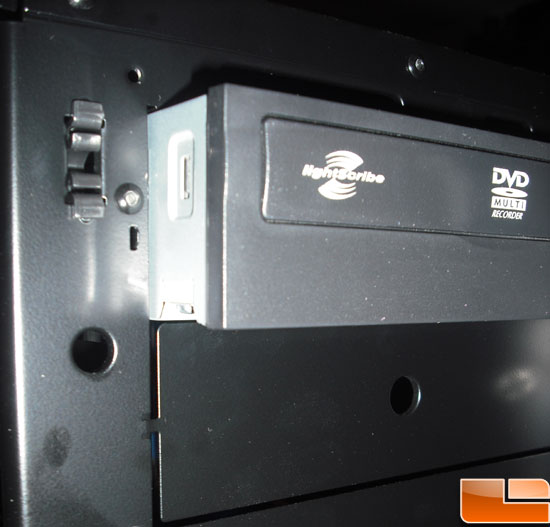
Next up to bat were my hard drives, which included both a regular 3.5 hard drive and a 2.5 solid state drive. The wonderful thing with this case is that the removable drive mounts can house both sized drives. The only difference is that when you install a 2.5 drive you have to use four screws that screw into the bottom of the drive and the 3.5 drives only require two screws that install into the side of
the drive. So calling this case tool-less is not truly accurate.
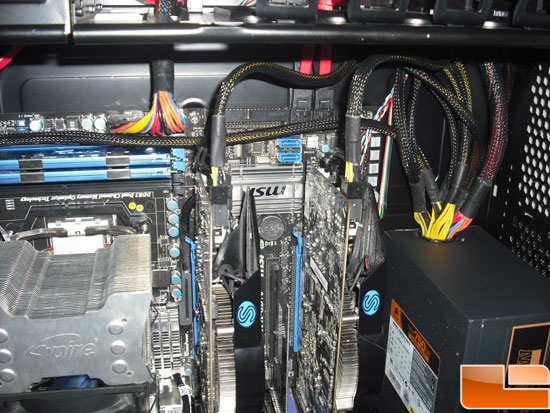
The three fans that Thermaltake included in the case are a 120 mm front intake, a 120 mm rear exhaust, and a 200 mm top exhaust that did not need to be removed or modified at all during the build and kept the
case cool with a nice steady flow of air. The best part of all of this is that it did it quietly. Nothing can be worse than to have your PC in a room, and while in that room all you can hear is the PC.
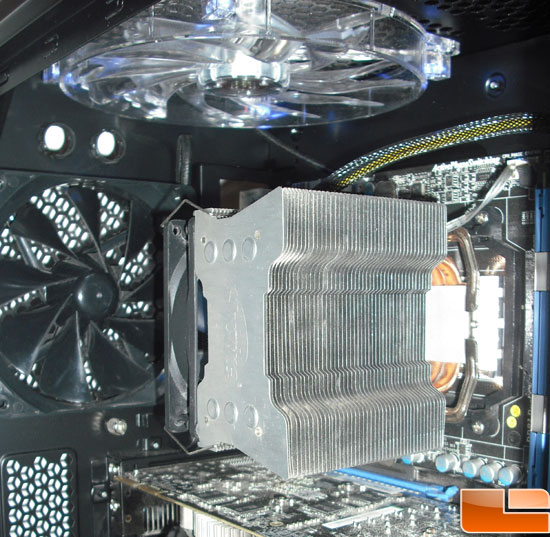
As with all things that seem too good to be true, there is one great fault with the Thermaltake Armor A60. There is simply not enough room beneath the motherboard tray to hide the wiring of a standard
power supply and, therefore, all of your wiring needs to be hidden or, shall I say, kind of hidden behind all of the hard drive bays. While this isn’t a deal breaker, you are much better off using a modular
power supply with this case than you are a standard power supply. The drag about all of this is that even if you do use a modular power supply you are still going to be hard pressed to truly hide the wires
properly if that’s your thing.
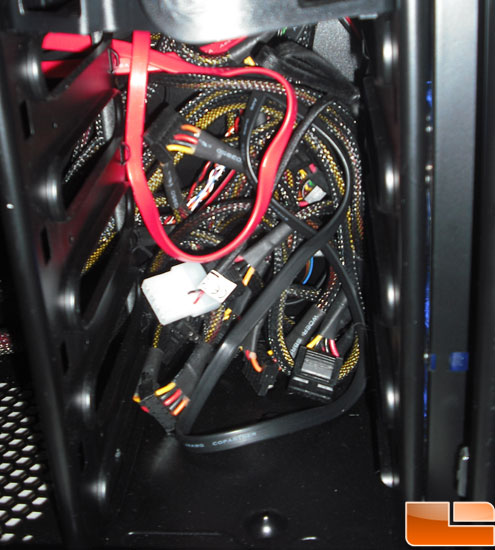
As you can clearly see I was forced to bunch up all of my wiring behind the 3.5 drive bays. Luckily, the drives were still able to fit even though that rat’s nest was behind it. With only 9/16 of an inch behind the motherboard tray, it was nearly impossible to hide any wires there.
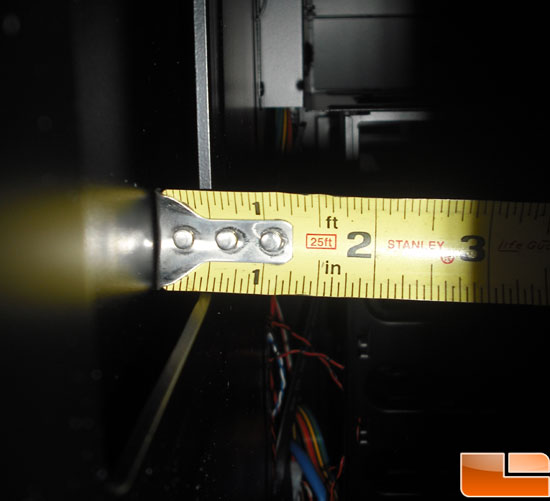
Other than the one downfall I mentioned the Thermaltake Armor A60 was a pleasure to build out and the size of the interior made it very easy to install all of my components and still left me room to
manipulate my hardware or wiring if something needed to be adjusted. As mentioned before, there were no sharp edges inside the case that could possibly leave you bleeding so it is always a plus to not have to
donate blood when you are building your new PC.
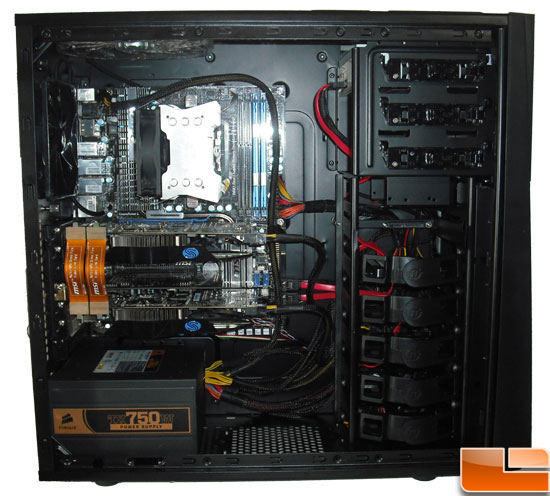
All in all, the entire build of this case took around an hour. Thermaltake has gone out of their way to make sure this case is not only easy to build out but that it is easily accessible in every way to
make sure you don’t spend the majority of your day installing components. The thing that took the longest in all of this was deciding where to run the wiring and then running it. Had Thermaltake made this case
just a tad wider it would have made adequate room to hide your wiring under the motherboard.

Comments are closed.